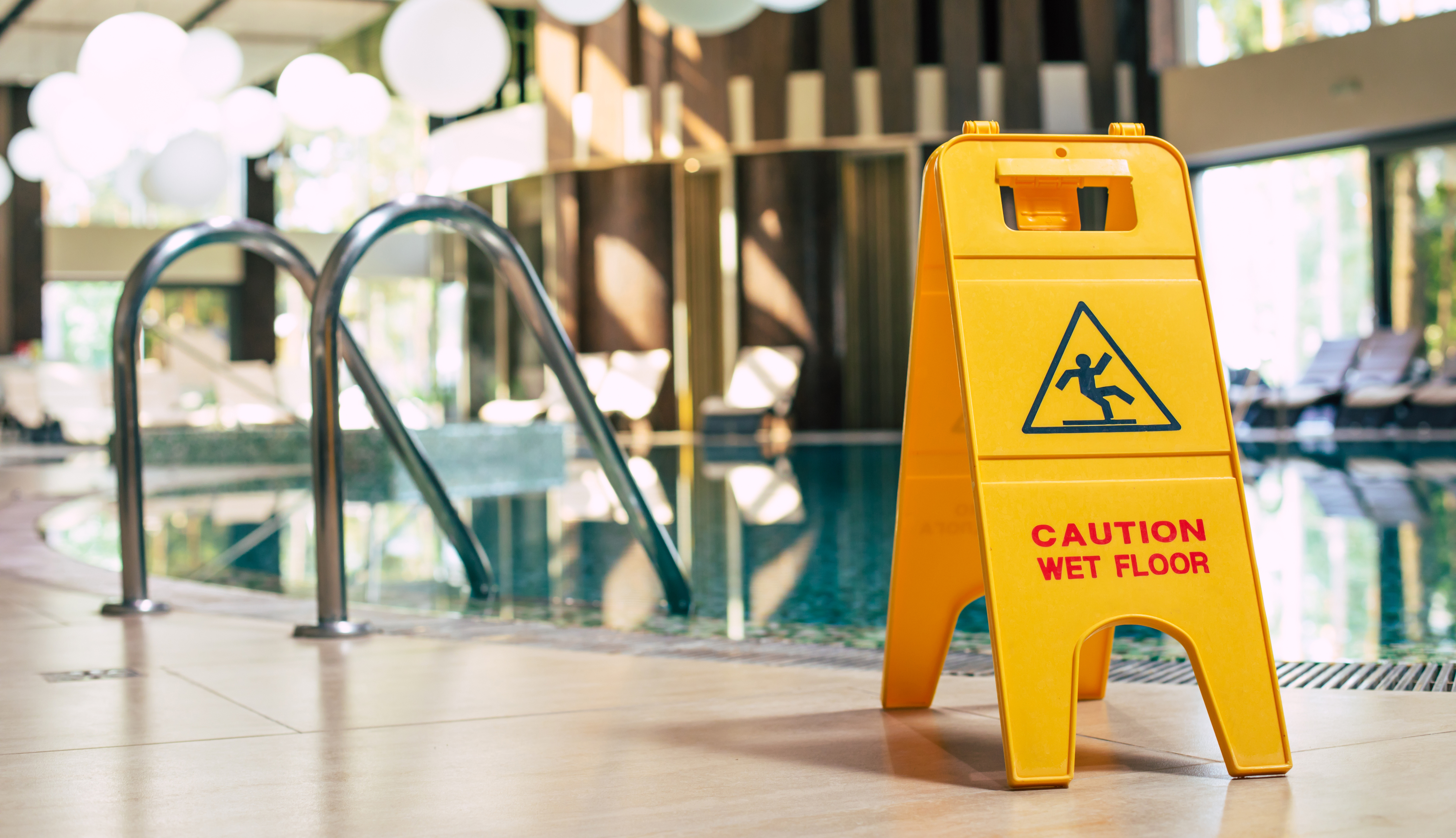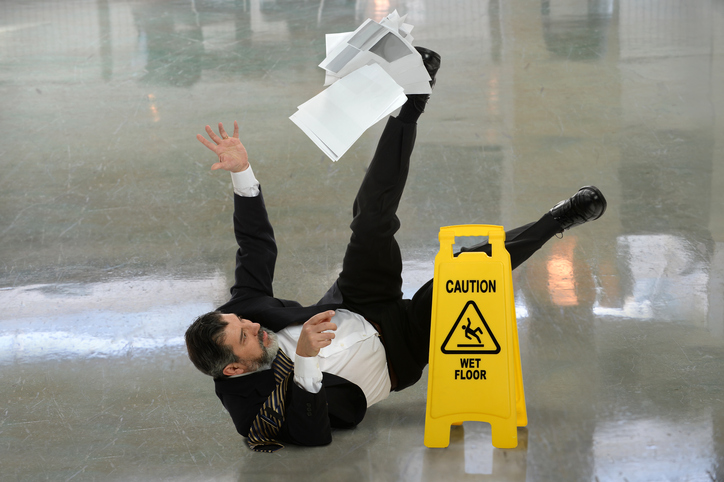According to the Centers for Disease Control and Prevention (CDC), over one million Americans suffer a slip, trip, and fall injury and over 17,000 people die in the U.S. annually because of these injuries. The CDC states an even more unsettling statistic; in the United States, about one in four adults (28%) age 65 and older report falling each year. Slip and fall accidents are far more prevalent and hazardous than you may expect and are caused by a variety of factors including slippery floors, uneven walkways, weather, broken handrails, poor lighting, bad footwear, and more. Most frequently, however, they occur due to contamination of the walkways’ surface, most commonly water.
When examining a slip, trip, and fall accident, an expert engineer will typically consider multiple factors including measurement of the slip resistance of surfaces by performing testing, inspecting the stairs/walking surface to ensure they were properly constructed and maintained within proper building codes, investigating lighting, illumination levels and determination of light gradients. Most importantly, an expert will use many instruments and tools that are currently deployed for quantifying the slip resistance of floors.
Each device provides value and plays a key factor in the investigation, however they each have advantages and disadvantages. Two commonly used instruments for measuring the slip properties of floors are the English XL VIT and the Bot 3000 Tribometers. The English XL VIT uses compressed air to fire an articulating test foot against the surface. The incident angle of the test foot against the floor is varied until the test foot slips. Studies have shown that it can predict the probability of slipping to great precision (Burnfield and Powers, 2006).
Alternatively, the Bot 3000 is an electromechanical device which slides a test foot across the surface and measures the associated forces. Furthermore, it is mostly automated and requires little input from the user. The Bot 3000 measures the dynamic coefficient of friction, while the XL measures the slip index of a surface which is based on the angle of slip. The XL can be used to measure slip resistance on stairs while the Bot 3000 cannot be due to its size. Despite their differences, their findings on slip resistance have been shown to correlate (Bevill and Walker, 2020).
CED Technologies uses both the XL VIT and the Bot 3000 Tribometers to quantify slip resistance and relies on objective scientific findings to make conclusions on slip resistance of walkway surfaces. Andy Morejon, Ph.D., in addition to many other expert engineers at CED are certified and experienced tribometries who can assist with slip and fall cases. Click here for a full list of capable engineers.






